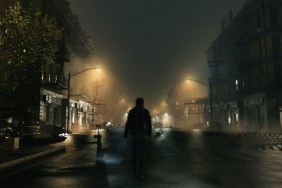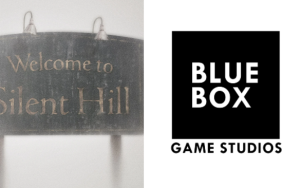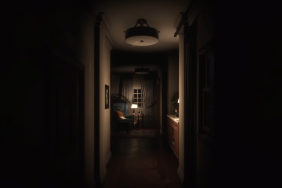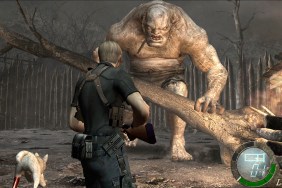After the infamous Playable Teaser — or P.T. — demo was pulled from the PSN store earlier this year, there has been a great deal of attention being placed the horror genre. Even so much that a new upcoming game called Allison Road has been making waves and exciting fans. With that in mind, the Daily Reaction crew discusses the current advancements in horror titles, and how modern technology could be playing a big role in what we see from the genre over the next few years.
Dan: Having been one of the many people who enjoyed the P.T. demo, but also having never really been a fan of the horror game genre as a whole, I started to ask myself what it was about it that made it so appealing. Not to discount the direction of the team behind the demo, as they did a fantastic job in producing a small but incredibly potent experience with very minimal content. But, I do feel like we have started to reach a point in technology where are now capable of maintaining an illusion of reality in modern games, and that is one of the biggest factors that made P.T. possible.
While the mere concept behind P.T. is something that shouldn’t look impactful on paper, its ability to produce an environment that not only felt real, but also one that they were able to manipulate subtly enough so that players could not just see a change, but sense it. This concept of interaction with a player requires so much more than simply a well written story, as the user literally cannot be removed from the experience for the true narration to occur, as that happens within the user’s head. That alone is the biggest success I could imagine for a horror game, as the sensation of fear is more about what is going on within the person playing the game, than what is going on in the screen.
To best understand how this was accomplished in a demo, you really need to pull it apart and see how much work went into actually creating a false-positive experience. What I mean by this is that while we can easily discern that the game isn’t real (because it’s a video game), many of the details used in the game did a great job of mimicking how our bodies move and with enough visual fidelity to trick our brains long enough for events to become impactful. This is how you can become scared of something that isn’t real, it is all about believing it, even if it is only for a fraction of a second.
Going past what we have seen out of P.T., I think looking forward, we are going to be seeing some of the best content yet. The biggest evolution in the industry we are starting to see is the push for virtual reality on a true level. One that goes beyond the T.V. and keeps players senses saturated long enough so that we can see some very interesting things being done. While VR isn’t for everyone, and neither will be scaring yourself into purchasing nightlights for your entire house, but the concept is very real, and is something that isn’t exclusive to fear.
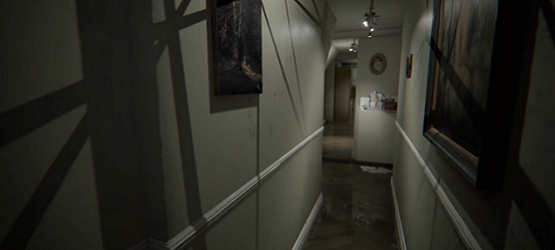
Chandler: I don’t know if I will be able to do horror on VR. Not because I don’t think the idea will work, but because I think the idea will work all too well. P.T. itself had me cowering on my couch and my wife laughing at how terrified I was, but the level of immersion that VR introduces to the equation is enough to make me consider not even trying it out. Ok, so I will try it, but I’m going to be a huge baby about it, you can count on that.
Graphically, P.T. was incredible which helped with the immersion into the experience. It also didn’t show much, but left a lot to be questioned. Why am I stuck in this loop? Who keeps opening and closing doors? What is trapped in that chained up fridge that is now leaking blood? There was a sense that there was no escape, a sense of the familiar, yet subtle changes to the familiar that knocked the balance out from under your feet. Games like the original Silent Hill employed this kind of trickery to cause fear, breaking the fourth wall and having the game seem to affect your TV or your console. The game’s graphics may have not been enough to scare on their own, but the methods used to make you question reality led to a terrifying experience.
VR has the benefit of having immersion built right in. Horror games practically don’t have to try anymore. Come up with a scary situation and let the user convince themselves of the reality as they don a headset and a pair of headphones. Combine this level of immersion with the graphical fidelity of modern gaming machines, and you have something that may as well be reality. A horror type of Matrix, if you will. Watching the Allison Road demo didn’t strike me quite as much as P.T., perhaps due to the relative openness of the house compared to P.T.’s hallway, but I would still be a chickenshit the moment I had to put on a VR headset and explore the terror lying in wait.
Horror games could see a resurgence soon as new technologies provide additional methods of trickery for developers to use against players. Graphics and VR are just the tip of the iceberg. Additional processing power not previously available could open pathways to things we may not even be able to think of right now. Somewhere, some creative director has a board full of ideas that are going to be the next horror thing that we are all talking about and we have no idea what we’re about to get into. The mansion door is open. The entry is dark. As we step inside, the door slams shut behind us, trapping us in this coming whirlwind of horror technology. Are you brave enough to survive the night?
Are you a fan of horror games? What do you think will be pushing the genre forward? Would you play a VR horror title? Let us know in the comments below, email us at DailyReaction@PlayStationLifeStyle.net or hide with under the covers @Foolsjoker and @Finchstrife.
Check out more of us reacting daily on Daily Reaction here.
Daily Reaction: The Slideshow
-
Are Villains Really the Star of the Show? – The Joker, Call of Duty and Until Dawn
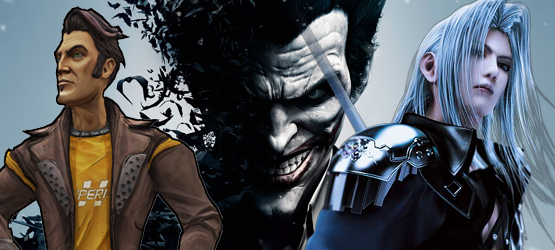
A great hero is nothing without an opposing force to drive him, her, or it forward, and we explore the villains, antagonists, and foes in both likely and unlikely places.
-
PS Plus Vote to Play – Are We Generalizing Indie Games?
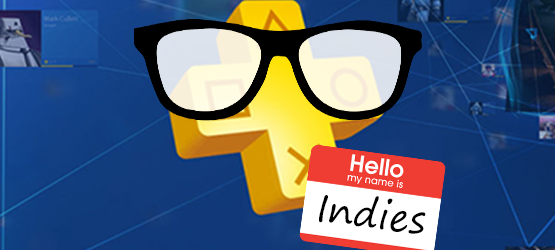
The term "indie" has been slung around the industry to mean low budget garbage, but are we being unfair to a subsection of the industry that leads in innovation and creative freedom?
-
How Sharing Is Changing the Industry – PSN and the Share Button

The ability to easily share our experiences has vastly changed how we game and how the rest of the world perceives video games. Just how much is sharing changing the gaming landscape?
-
Cracking Down on Xbox One Cloud Computing
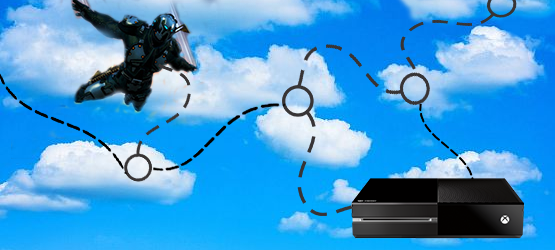
Despite the punny title referencing Crackdown 3, we actual drool over the possibilities that the cloud can offer as Microsoft shows off their latest footage featuring multiple servers worth of full destructibility in the world, while we also cite some minor concerns we may have with the tech.
-
Microsoft’s gamescom 2015 Press Conference Impressions

Microsoft finished their 2015 press conference at gamescom and it was a solid showing. Here are our blow-by-blow impressions of what Microsoft had to show off.
-
Guitar Hero Live and Rock Band 4 – Rhythm Games’ Encore
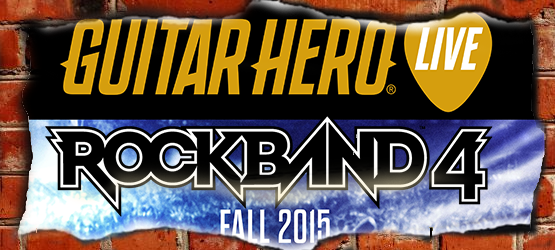
Rhythm games are coming back, but do gamers want the encore? Find out more about our history with the genre and what we are (or aren't) looking forward to when plastic instruments make a comeback.
-
Can a PlayStation Plus Voting System Make Gamers Happy?

Trying to appease unhappy gamers, Sony is giving them a choice to vote on the free Plus games for certain months. Will gamers still find a way to complain, or will this help ease the pain of feeling slighted by "bad offerings?"
-
Ouya’s Downfall and the Home Console Market

R.I.P. Ouya. We hardly even knew ya. In this edition we throw back all the way to the first Daily Reaction that talked about the Ouya and how it might be able to alter the gaming landscape. Have our views since then changed?
-
Are Gaming Accessories Important? VR, Fight Sticks and Gaming Headsets
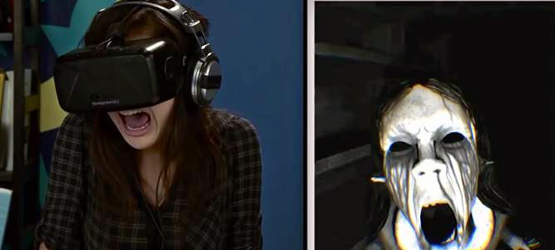
Peripherals such as headsets, VR, plastic instruments, and motion wands can alter the way that we experience games, but are they required or even important to the gameplay experience?
-
Console vs PC: Rounds 1 and 2

Read the Daily Reaction Part 1 here.
Read the Daily Reaction Part 2 here.Console gamers and PC gamers often butt heads on which is better, but which one is truly the victor? We examine the pros and cons in multiple aspects of these platforms in this two part article.
-
Kickstarting Shenmue III, Broken Age, and More – Money Where Your Mouth Is

Kickstarter is a platform that can be used to gauge market interest by requiring consumers to put their money where their mouth is. Is this a good home for games that are demanded, but may not be financially viable?
-
How Important Is 1080p and 60fps and Overall Graphical Fidelity?
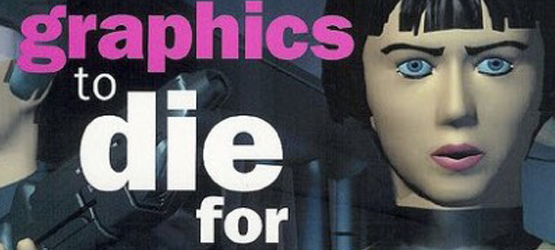
Graphics and visual fidelity are a massively debated factor in games, with some people attributing a high value to the magic numbers of 1080p and 60 frames-per-second. Is there a point where visual fidelity just isn't as important as other factors?
-
Clamoring for Information: The Desire to Know More
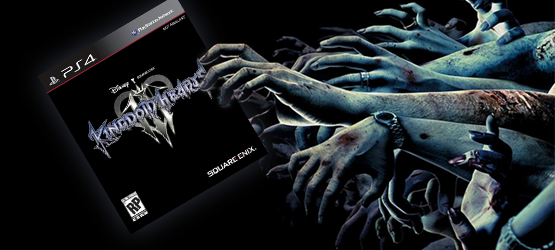
We're constantly pawing at any new bit of information that we can find out about games, but the information ebbs and flows in our industry. Does our desire to know more cause releases to be little more than a flash in the pan?
-
Remembering Our Giants – The Loss of Nintendo’s Satoru Iwata
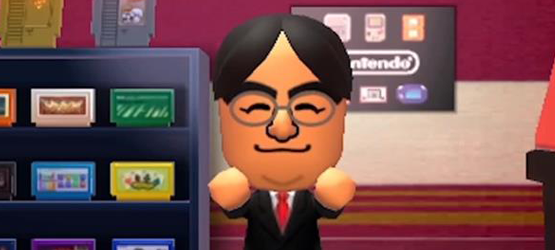
Nintendo's President and CEO has passed away, which makes us realize the fragility of life and relative infancy of the gaming industry.
-
A Dangerous Minefield of Video Game Spoilers
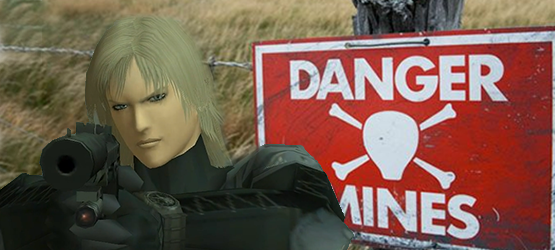
There are certain parts of an experience that hinge on the unknown, the mystery, and the surprise. Metal Gear Solid 2 swapping Snake out for Raiden? Aeris' fate in Final Fantasy VII? These are just a small sampling of the kinds of things that can have an impact if they are spoiled prior to a first experience and we're looking at how the unknown crafts a sense of wonder.
-
PSN Down - Does it Matter?

So the PSN is down again. Maybe not right now, but if history has taught us anything, it's that Rome wasn't built in a day and the PSN goes down periodically. Does the loss of our network connection really matter that much though?
-
The Last of Us 2: What We Want and What We Don't
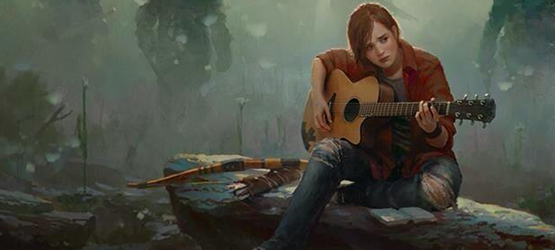
Nolan North has seemingly outed the existence of The Last of Us 2, and while Naughty Dog and Troy Baker both claim ignorance, we wanted to share our conflicting thoughts on what we want and what we don't want in a sequel to one of the greatest PlayStation games ever.
-
How Technology Will Push the Horror Genre Forward
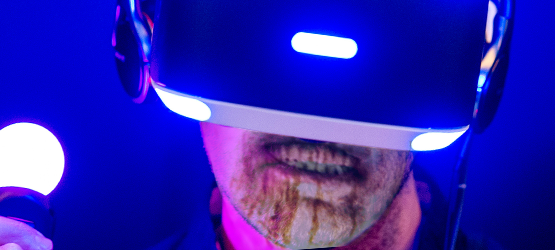
P.T. may be a distant memory, but new and coming technologies could change the face of horror games as we know them, allowing for fresh and immersive ways to be scared.
-
How Early is Too Early to Announce a Game?
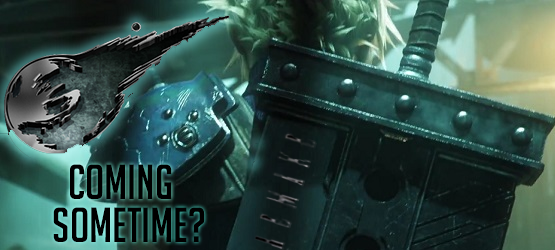
When should developers and publishers reveal their games? Can the strategy for timing between reveal and release impact a game's development and sales performance?
-
Has Nintendo Stepped Down From the Big Three?

Nintendo, Sony, and Microsoft have long been considered the "Big Three" in the console games market, but has Nintendo abandoned their seat at the table?
-
Is Backwards Compatibility Forward Thinking?
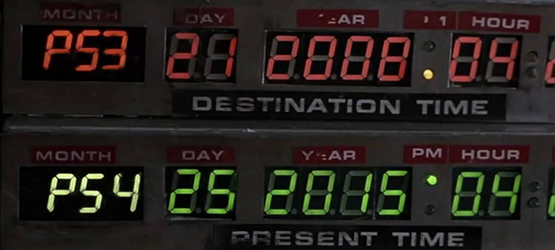
Microsoft announced backwards compatibility for the Xbox One at E3 2015, but is the time and money spent to make it happen forward thinking for the console market?
-
Oculus Rift vs. Project Morpheus - Pre-E3 Announcements
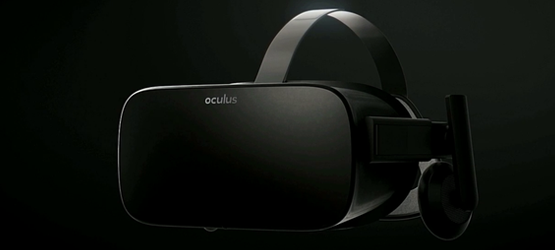
Project Morpheus and Oculus Rift are the primary contenders in the battle fro VR supremacy, and we compare the currently known specs and features.
-
Games, by Gamers, for Gamers
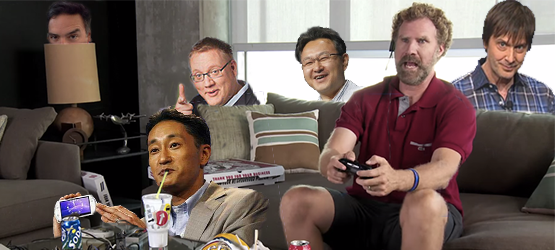
Many of the video game industry's biggest names are gamers themselves, and we talk about the importance of games by gamers, for gamers.
-
The Evolution of Discovery

Games have become about something more than simple high scores or arcade competition. We explore the evolution of the ability to discover in video games.
-
Countdown to E3 2015: Tips on How to Spend the Next 10 Days
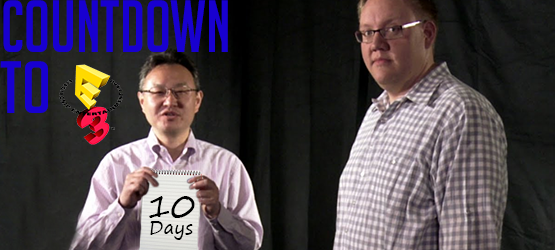
The wait for E3 can be a difficult one, so we're offering you some ways that you can make the wait more bearable. Are you reading this after E3? There are still plenty of entertaining pictures to accompany each suggestion. You can't go wrong with a Reggie Photoshop!
-
The Pros and Cons of App Based Extended Content
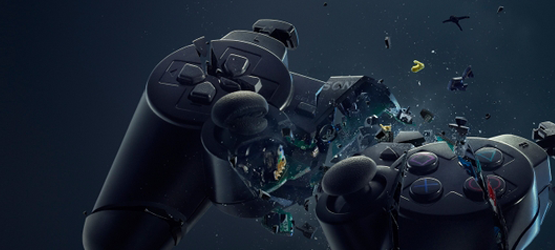
Some games have expanded beyond the screen in our living room by allowing our phones to connect with the game. Which ones are successful and which ones are unnecessary?
-
The Strategy Behind Having E3 Press Conferences
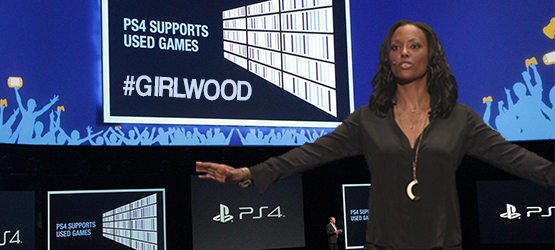
May I have your attention please? If you'll direct your eyes to the center of the stage, we'll be talking about why the major players in the industry hold E3 press conferences.
-
The Difficulties of Keeping an Embargo

As games journalists we have access to privileged information that we may not be able to reveal. Finding a balance between bringing content to our readers and maintaining positive PR relationships is crucial to our continued operation.
-
Unfair Bullying of Developers Over Game Updates
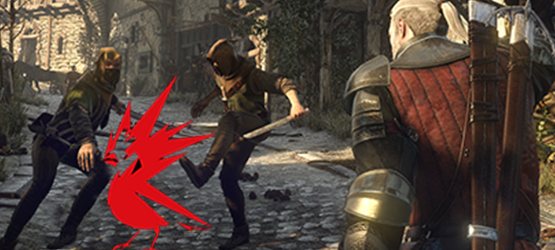
Game updates can create a stream of consciousness that a game is broken or that a developer took the lazy route during development. Is this treatment fair, or is the advancement of technology to allow for these updates an incredible thing?
-
Tempering E3 Expectations
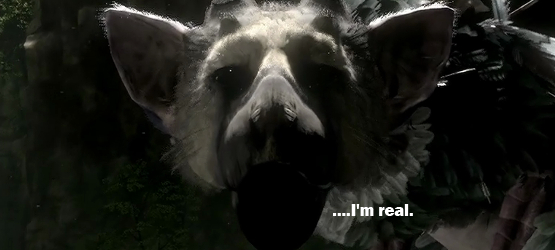
Building up expectations to unreasonable levels can lead to disappointment when they are not met. Expect us to talk about tempering those expectations to enjoy every announcement, even the unexpected.
-
Evaluating The Witcher 3's Graphical Downgrade

Accusations of The Witcher 3 being downgraded graphically from its reveal trailer have caused a bit of a stir, and we're taking our own look at the claims.
-
The Adventures of Dynamic and Static Storytelling
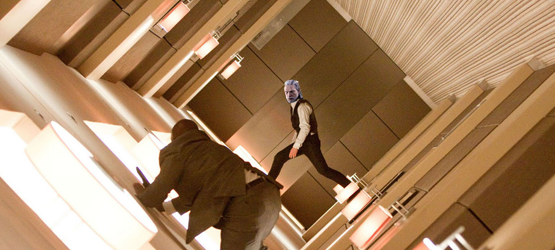
Dynamic storytelling allows for more player freedom, but limits the kind of story you can tell. Static Storytelling let's creators have control of the story, but is an on-rails experience for players. Which is preferred?
-
Reigniting Destiny's Fire with House of Wolves
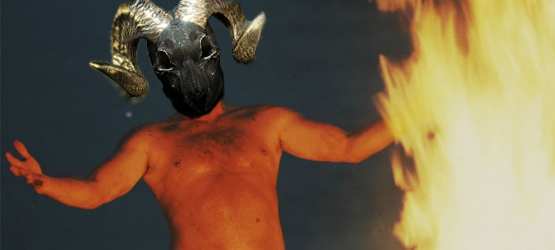
Did Destiny's second expansion reignite a fire that was snuffed out by The Dark Below?
-
Why Microsoft has the Right to Brick Consoles
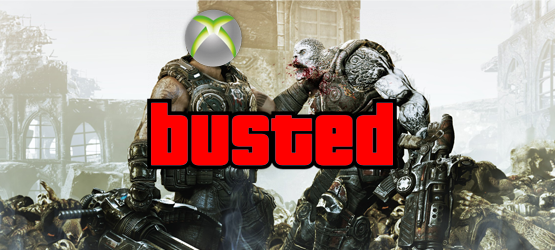
Do you ever read the terms of service? perhaps you should start, because we're looking at why companies may have the right to lock you out of content you think you own.
-
Always Online - The DRM Compromise
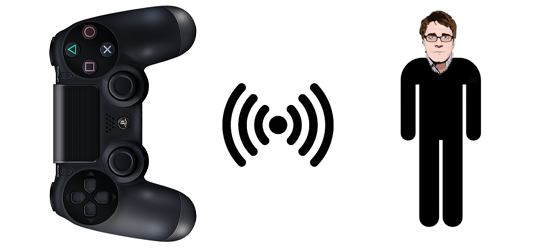
Advancements in technology are giving us increasingly connected worlds in our games, but are online components just hiding Digital Rights Management?
-
The Value of Gaming - How Much is Your Time Worth?

We spend a lot of money and time on our favorite hobby, but how do we measure the value of the money and time we spend on the games that we play?
-
The Backlog Problem
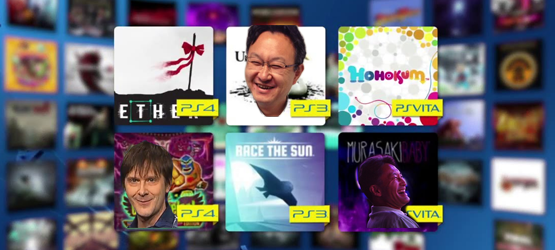
More and more games are coming out, more than we have time to play. With the rising number of games, there is also an increase to games that we want to play. Do we go back, or do we leave them behind?
-
Narrative vs. Experience - How are the Best Stories Told?
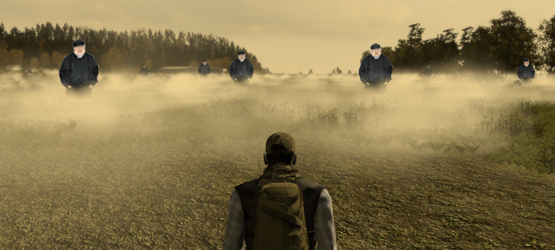
Would you rather be told a story or experience it for yourself? Is there a balance in a game telling you about a narrative point versus playing through it?
-
What Makes a Perfect Star Wars Game?
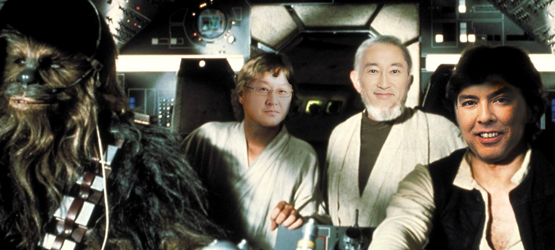
Everybody loves a good Star Wars game, but what makes the best Star Wars game? We take a stab at what we want to experience and what combined elements would bring balance to the Force.
-
Has PlayStation's Powers TV Show Failed?

Numerous mixed reviews and a lack of solid marketing have left the critical future of Powers in limbo. Though there will be a season two, we explore whether the series has already failed in its intention to bring a streaming exclusive to the PSN.
-
Information Leaks - Do They Hurt the Industry?

Games are a huge endeavor, and as such, information is not easy to contain. If something gets leaked outside of marketing's planned strategy, how does that impact the developer, publisher, and the rest of the games industry?
-
HD Remastered Edition - Does Recycled Content Hurt the Industry?
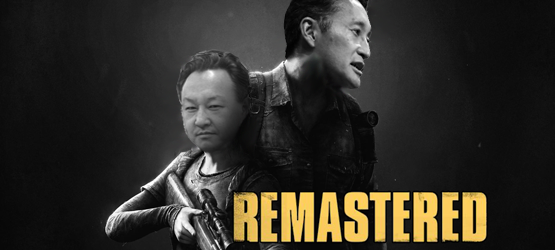
Daily Reaction is back in a new form, and our first post is talking about HD remasters and the trend of making what's old new again. Should we be living in an HD version of the past?





